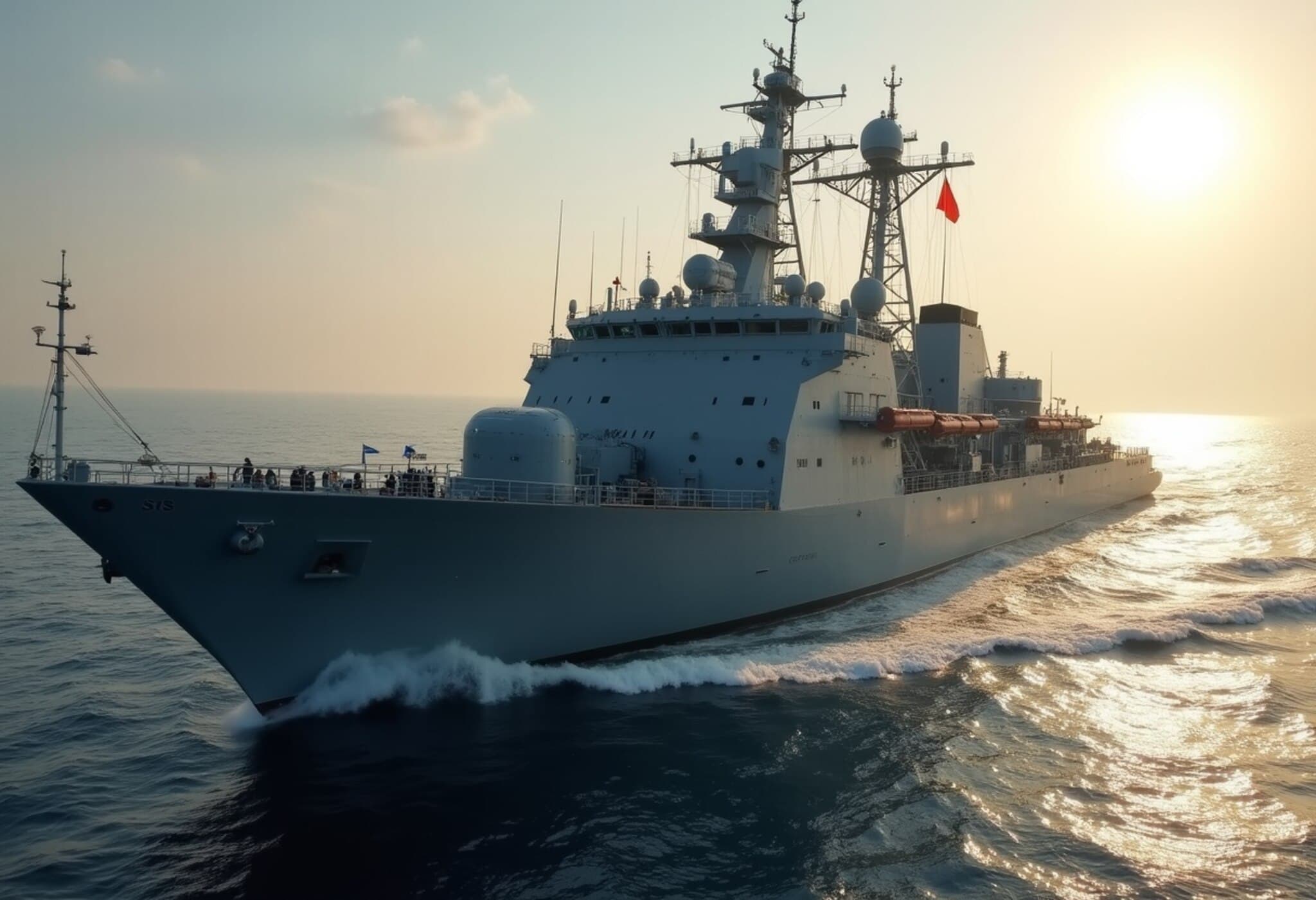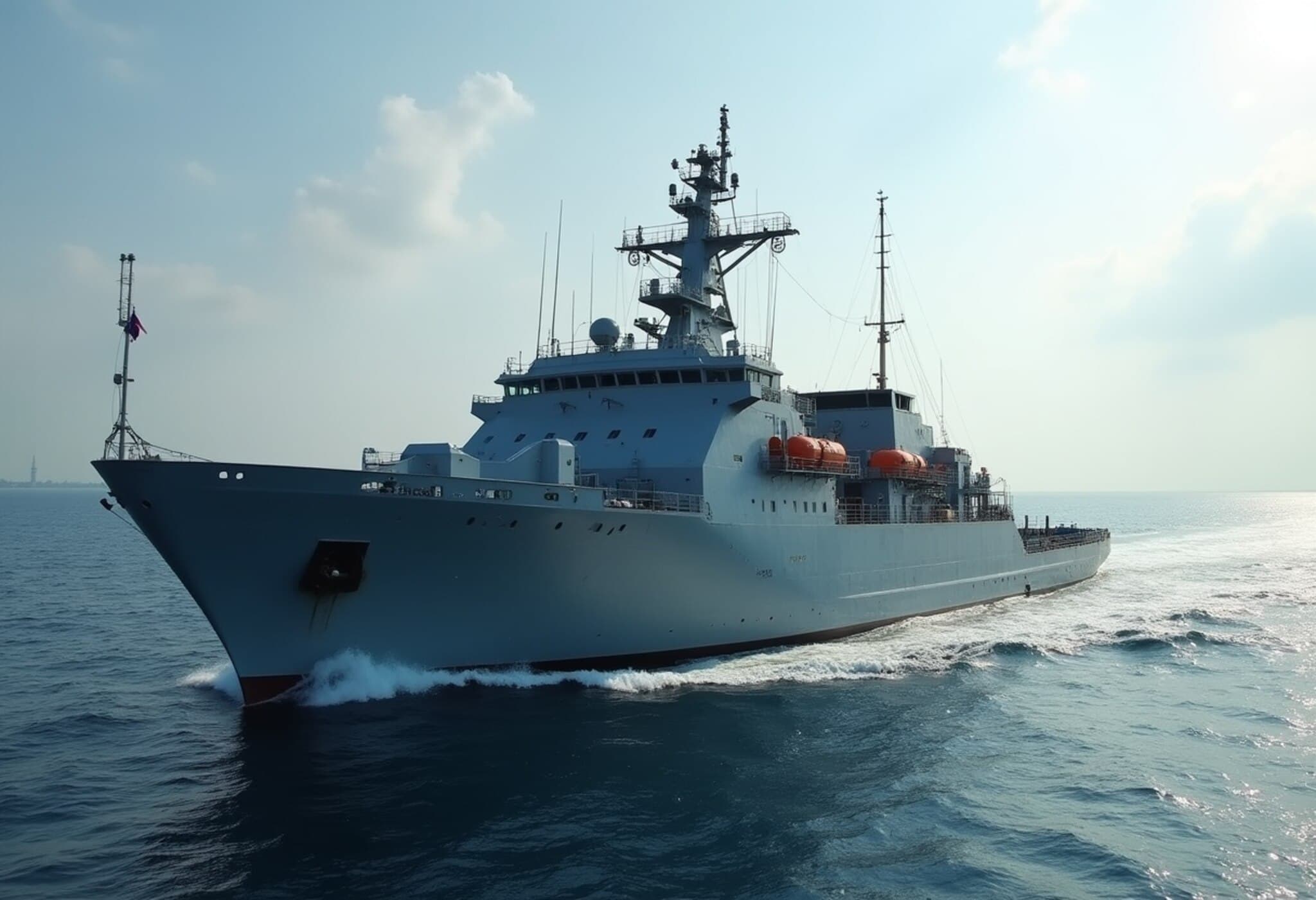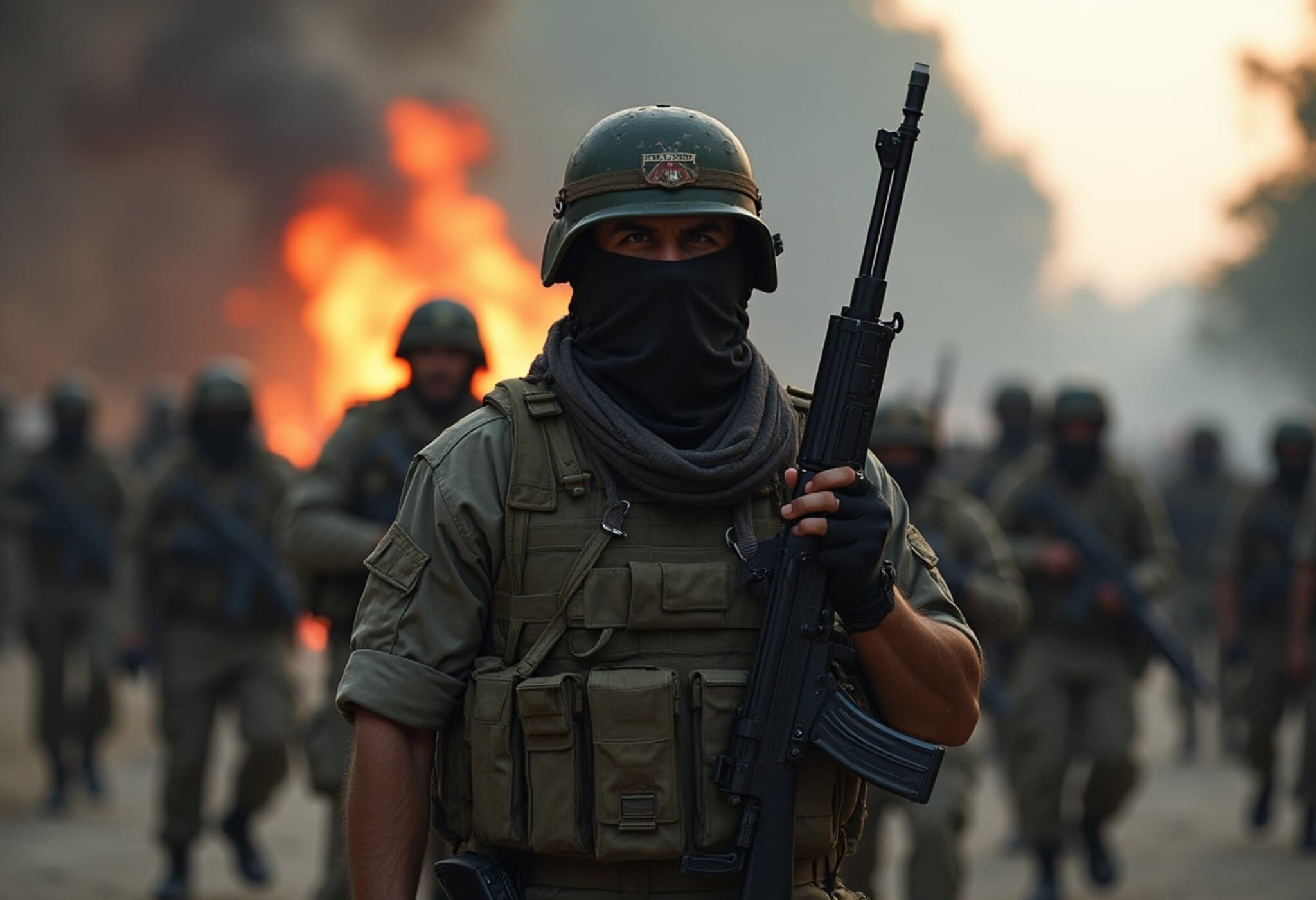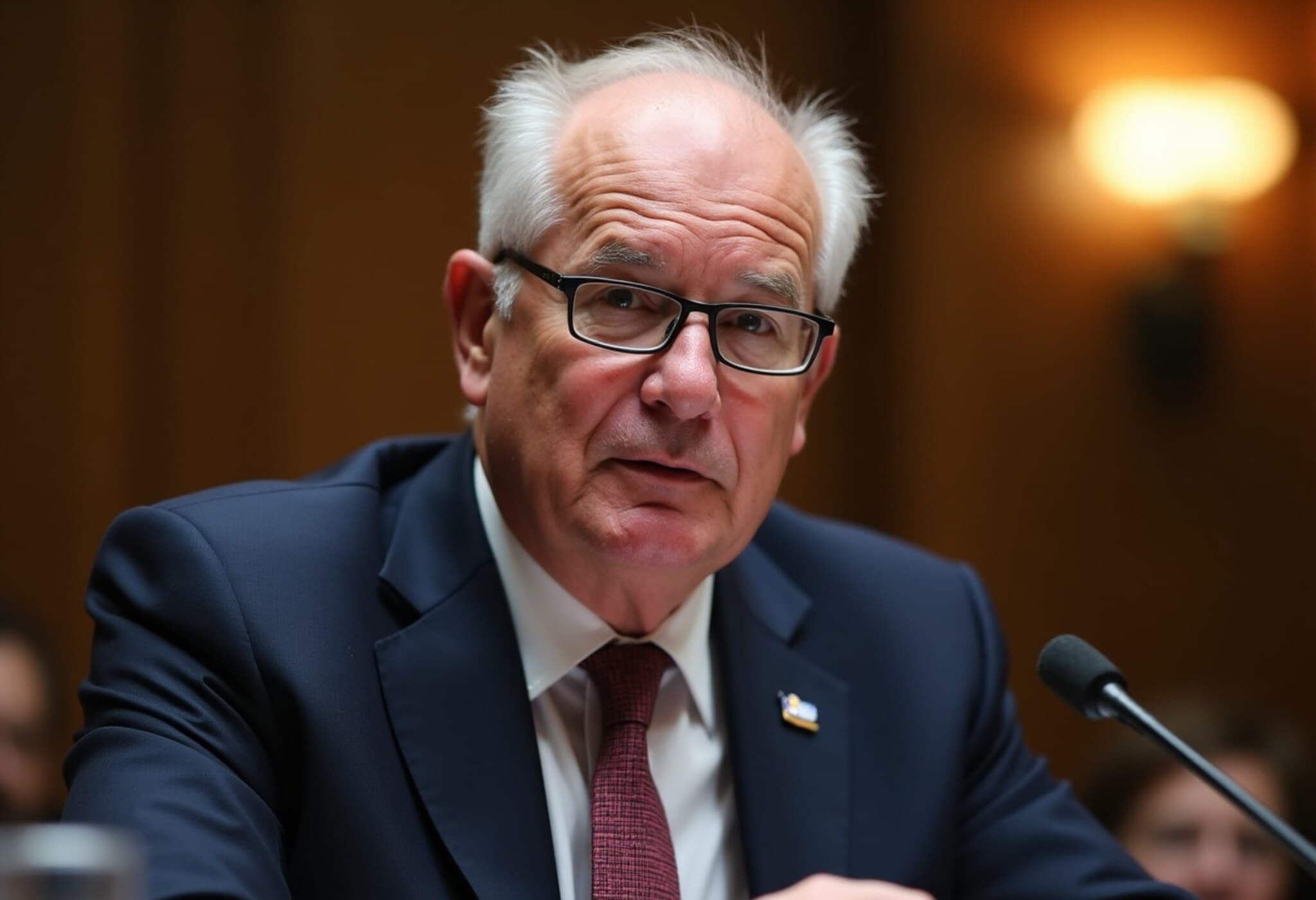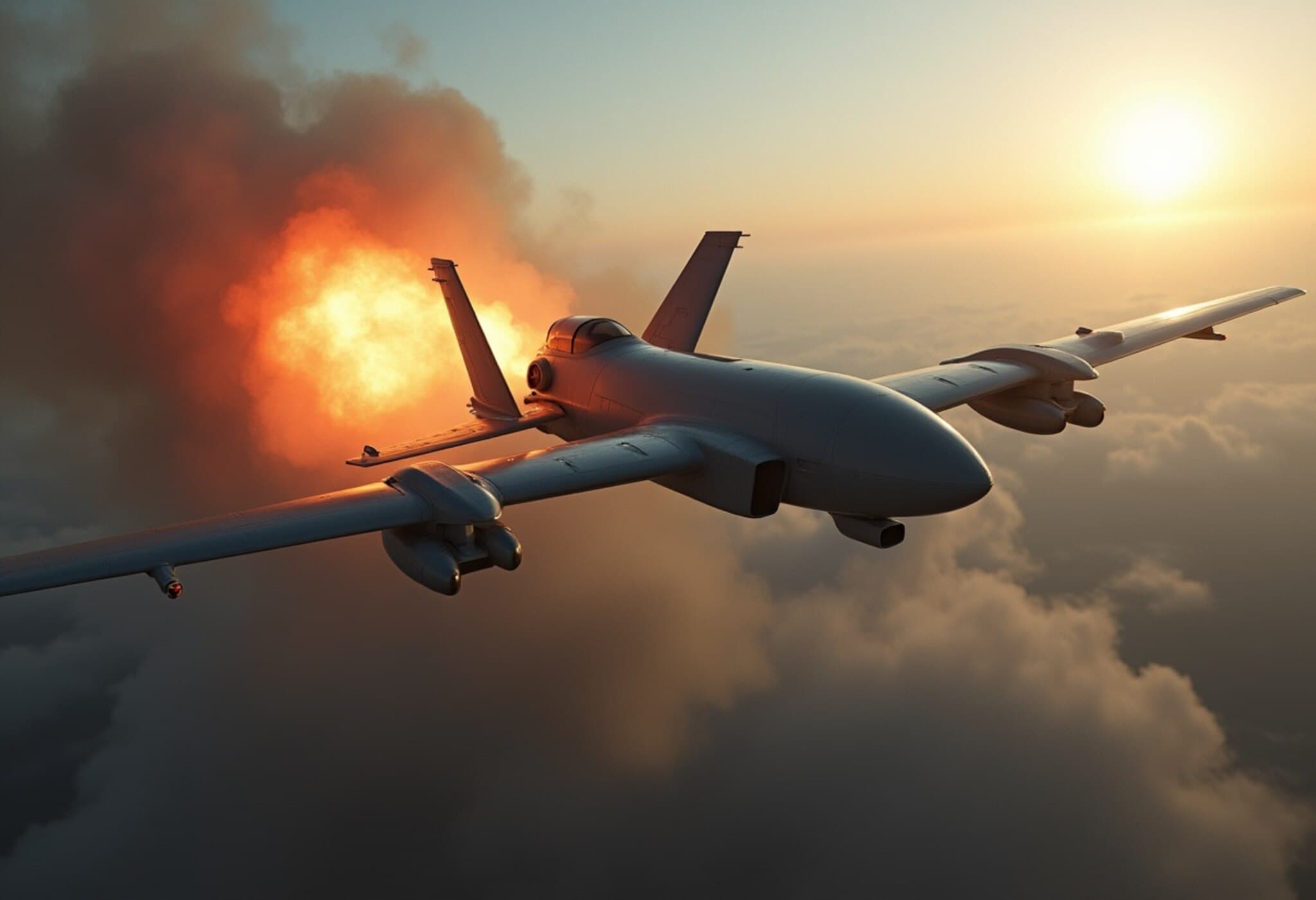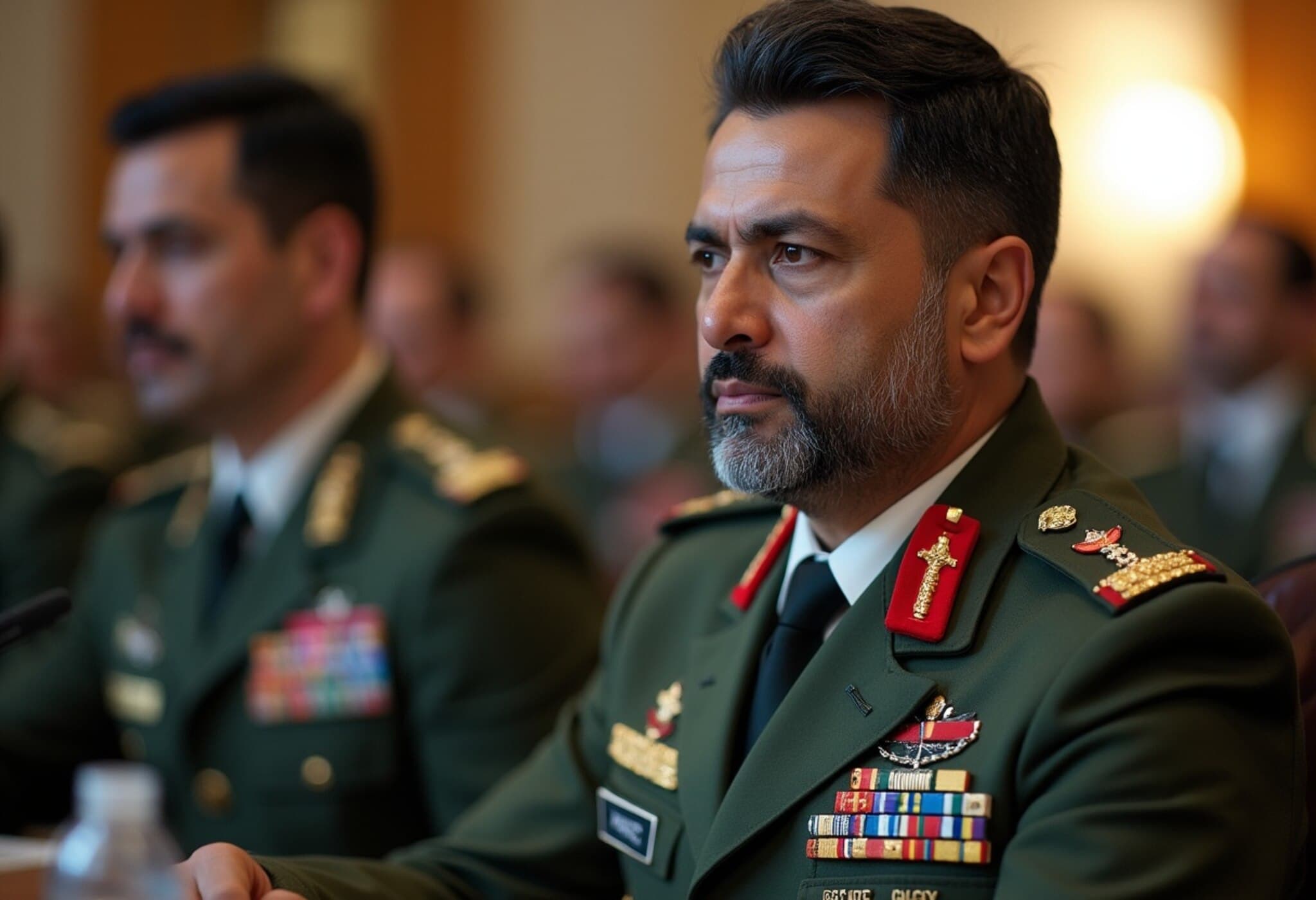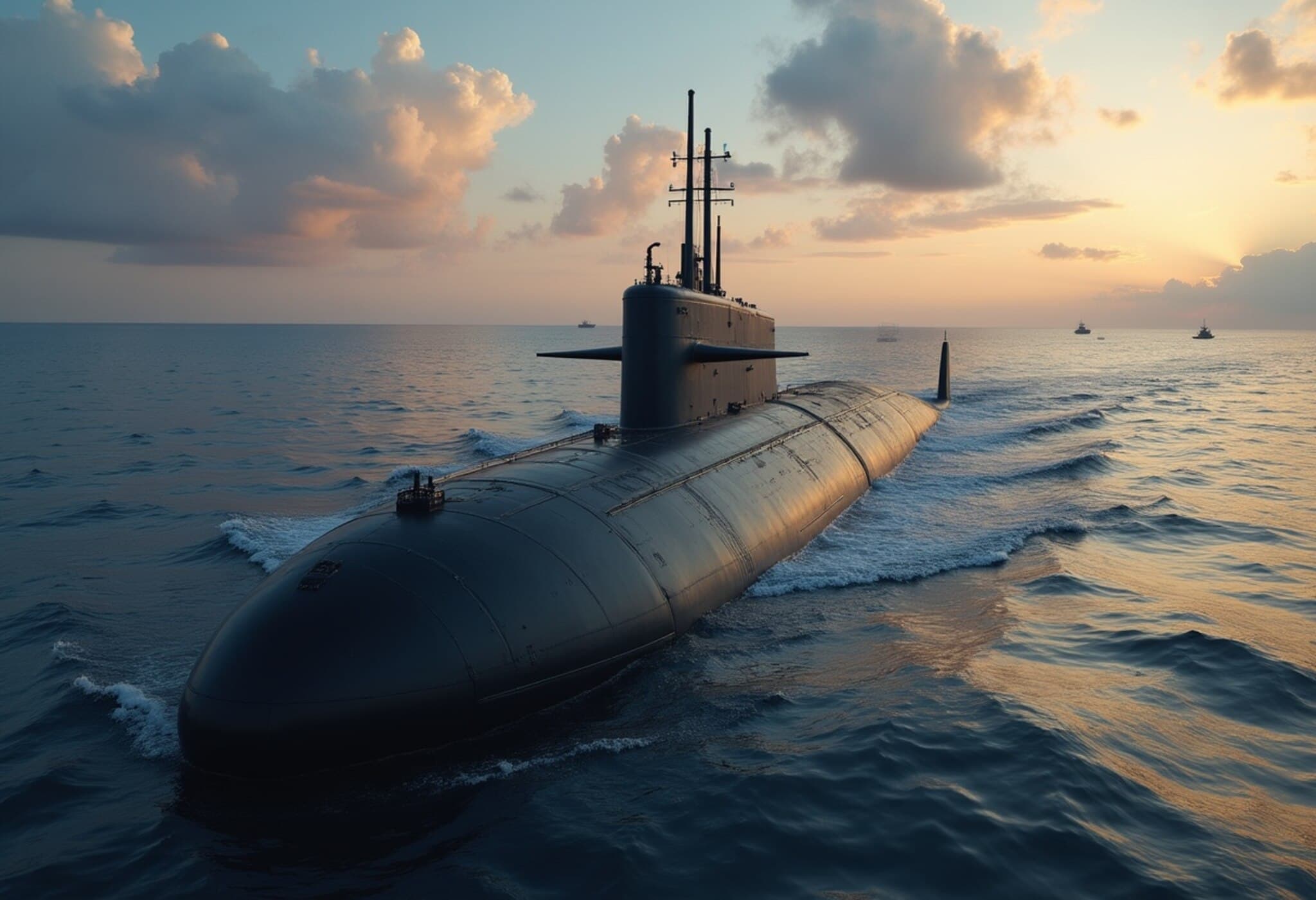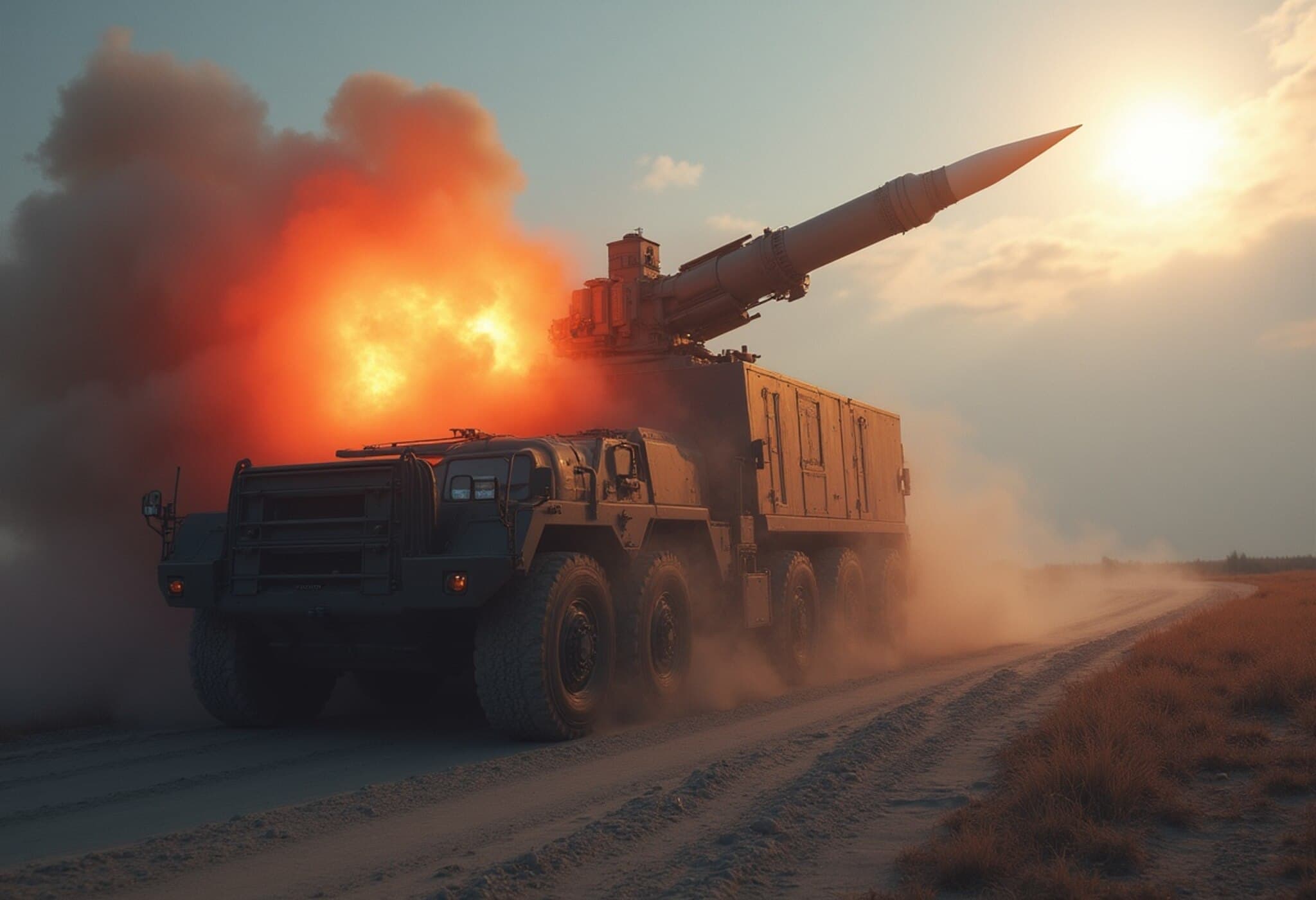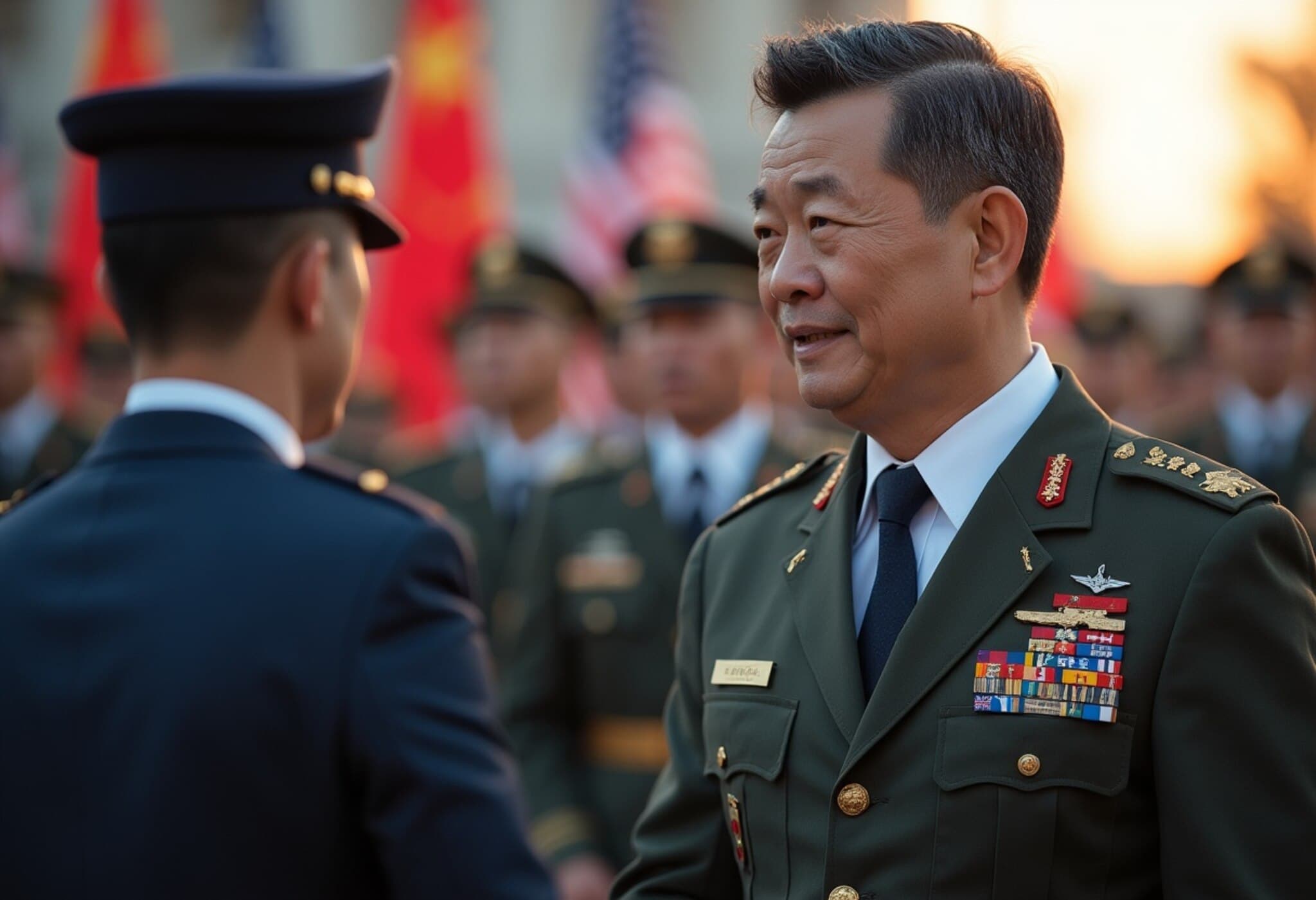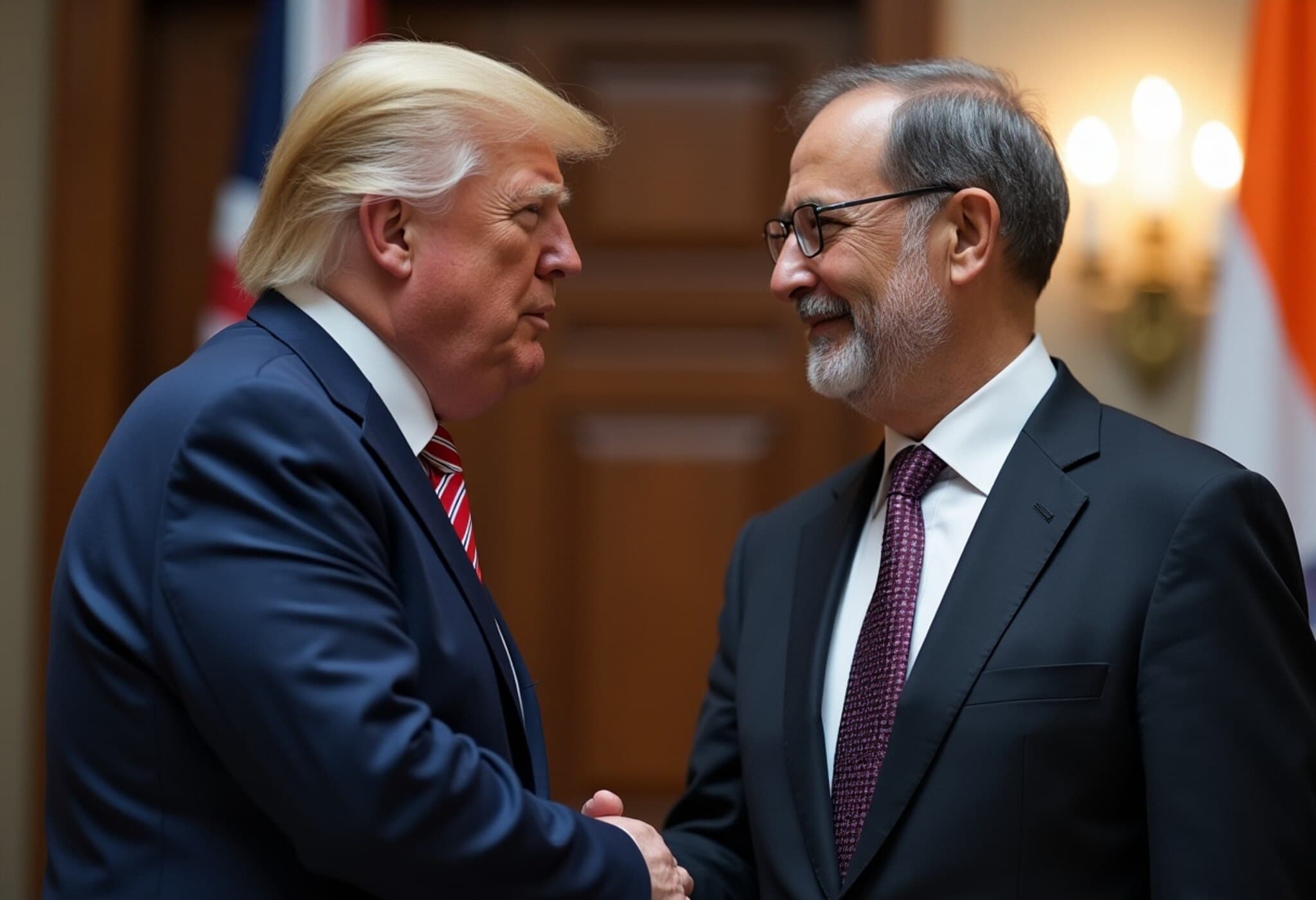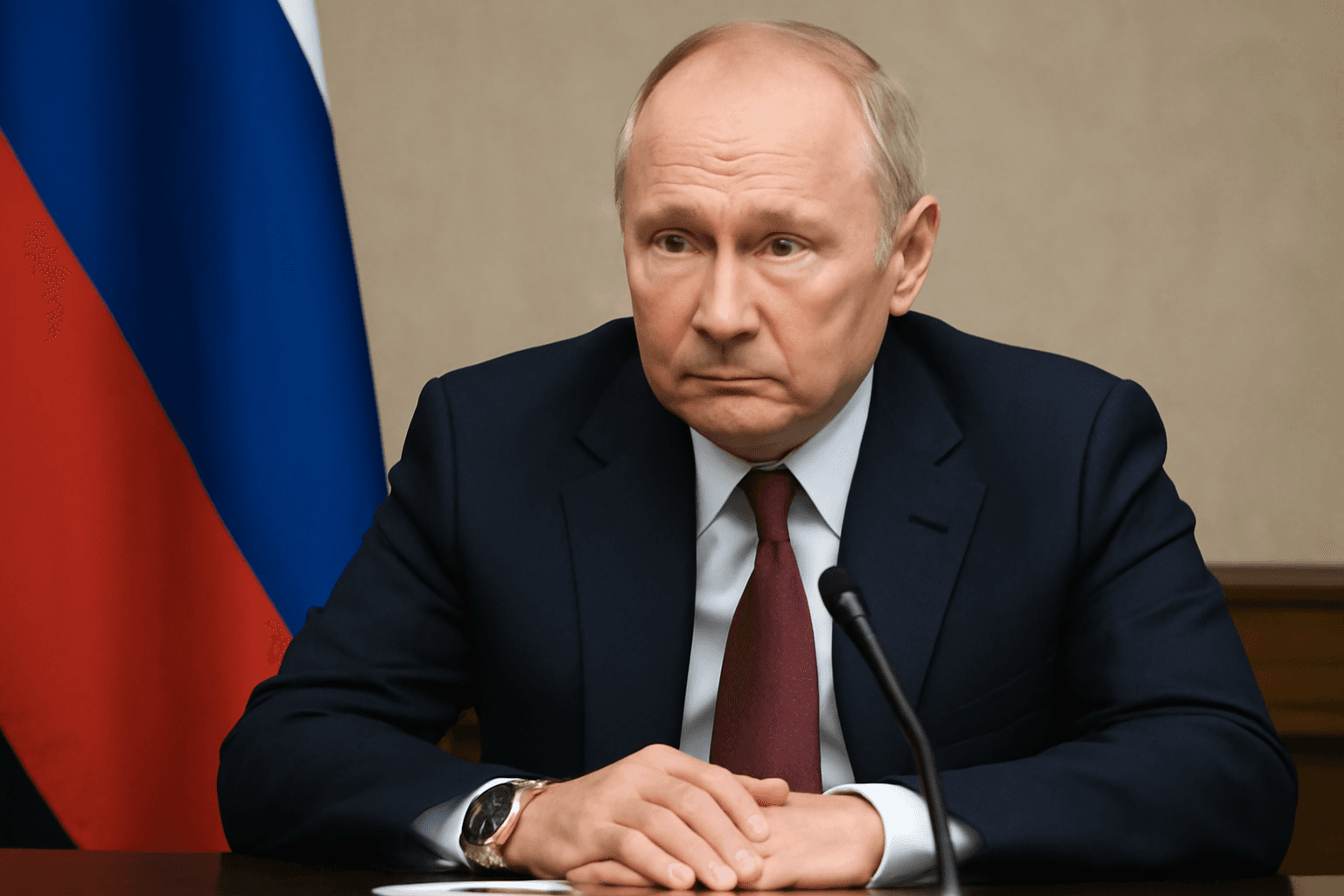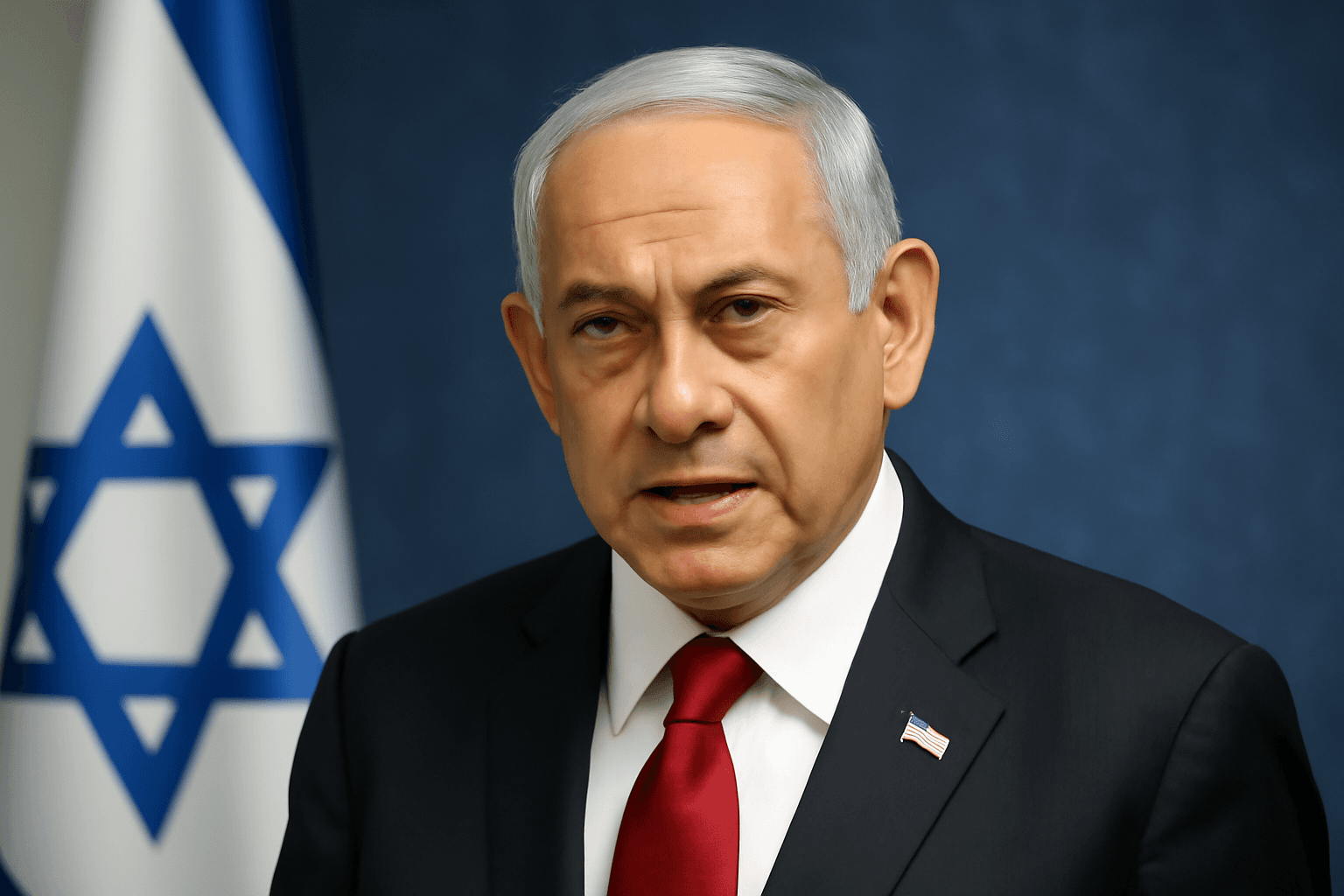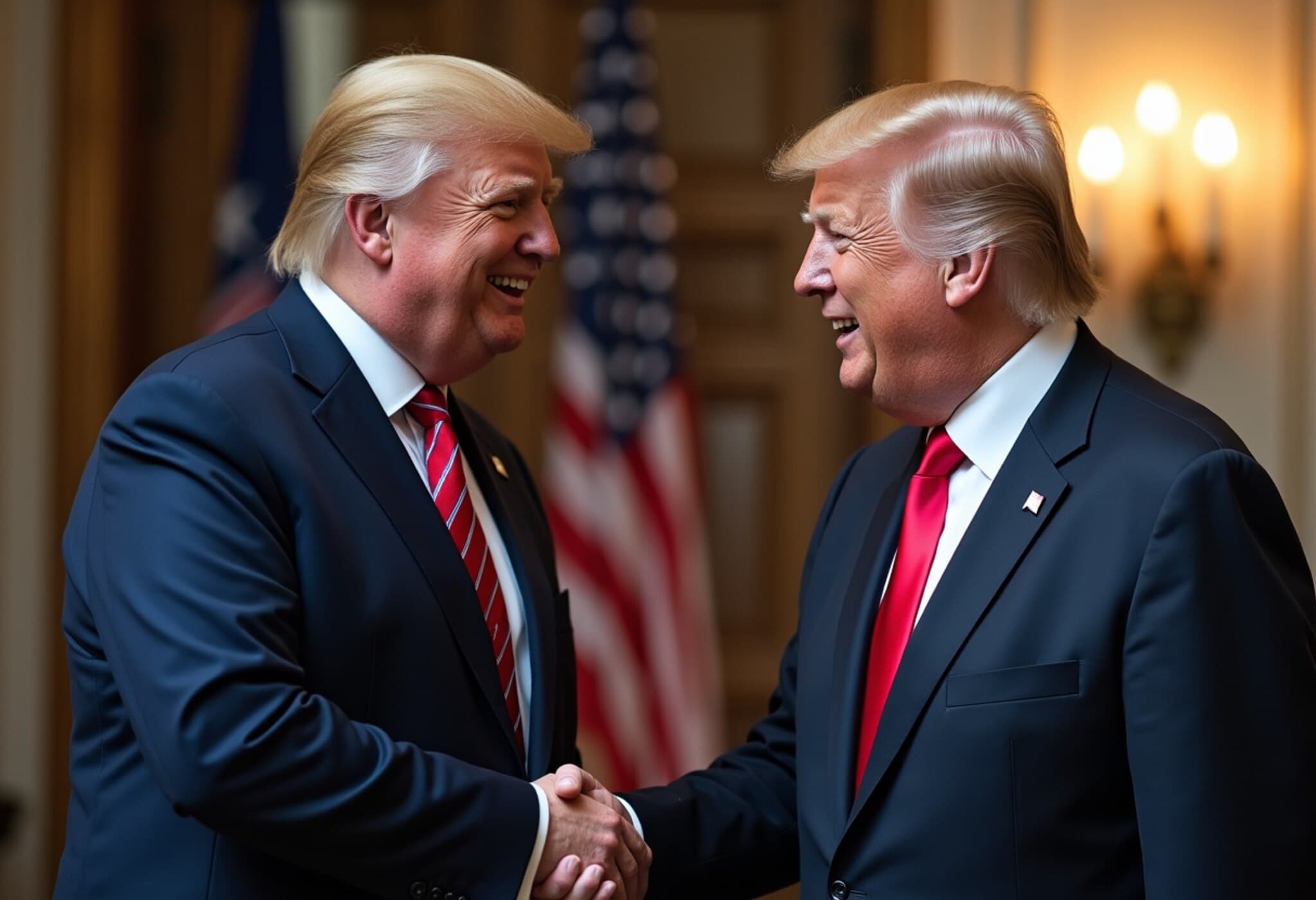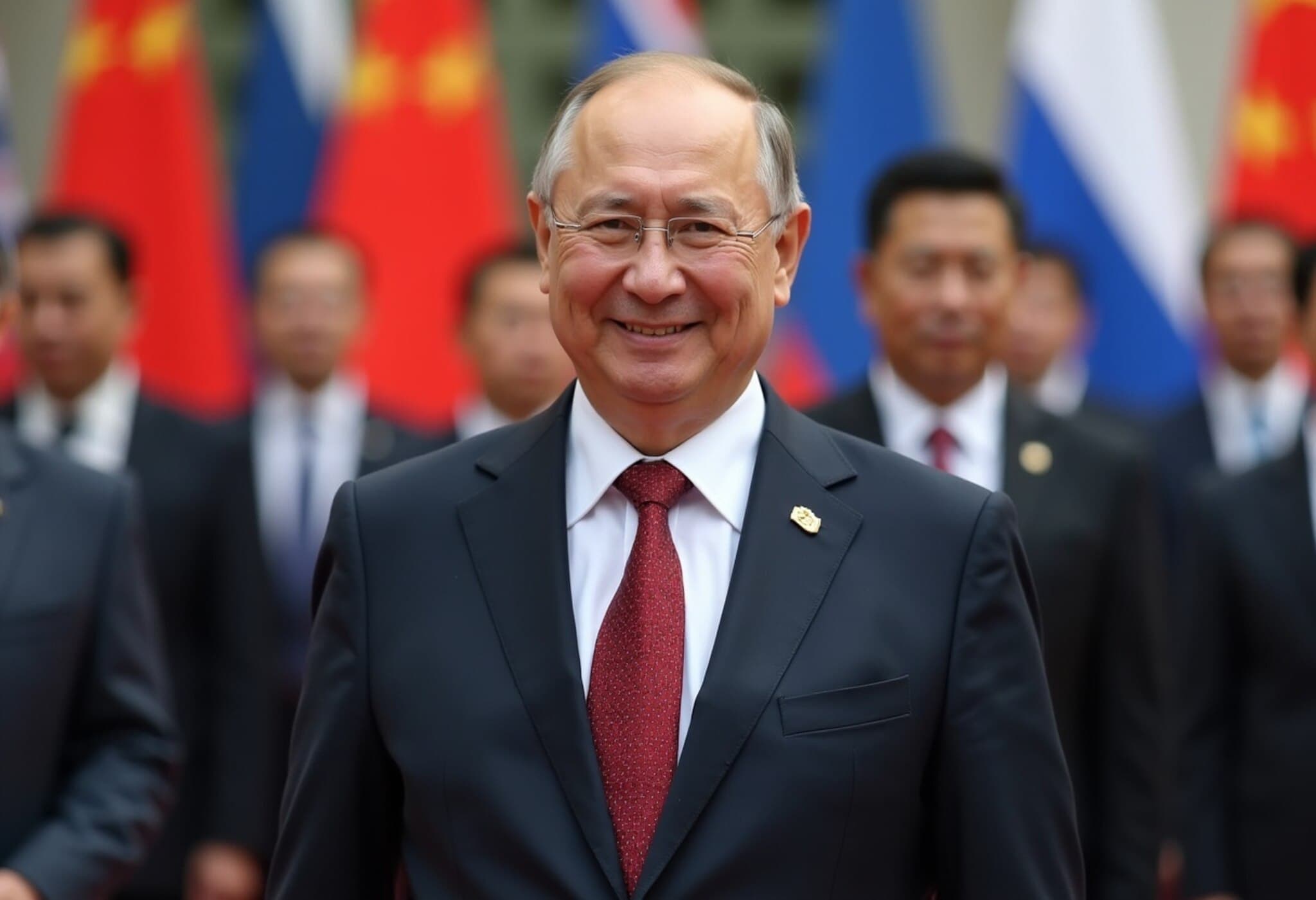Facing the Russian Bear: Finland’s Strategic Reality
Living next to Russia, under President Vladimir Putin’s watchful and increasingly militarized gaze, Finland navigates a delicate and daunting geopolitical landscape. With a shared border stretching over 1,340 kilometers—the longest between Russia and any NATO member—Finland’s experience offers a compelling case study of resilience, strategic adaptation, and measured defiance in the face of an unpredictable neighbor.
Alexander Stubb on Security Ties Between Finland and Australia
Finland’s President, Alexander Stubb, recently spoke from his country’s iconic lakeside presidential summer residence, underscoring striking parallels between Finland’s security dilemmas and those facing Australia. Despite their geographic distance and cultural differences, Stubb paints a vivid picture of two prosperous democratic nations confronting the strains of living alongside powerful neighbors with expansive ambitions.
“Our security interests are joined at the hip,” Stubb notes, highlighting how Finland grapples with Russia's assertiveness just as Australia contends with the strategic complexities posed by China. Both nations also find themselves challenged by the unpredictabilities of the United States under a tumultuous leadership, referencing former President Donald Trump’s capricious stance on allies and economic policies.
Mutual Challenges: Economic Pressures and Strategic Insecurity
- Russia’s military build-up along Finland’s border presents a daily strategic threat.
- Trump-era economic pressures have targeted Finland’s and Australia’s vital trade interests, adding layers of complexity to defense calculations.
- Both countries face the challenge of maintaining democratic values amidst authoritarian neighbors and unstable global order.
From Neutrality to NATO: The Finnish Shift
For decades, Finland famously held a policy of neutrality, carefully avoiding provocations given its history of seven centuries of conflict with Russia—most notably the 1939-40 Winter War. Finland's doctrine hinged on avoiding direct alliances and skirmishes to preserve sovereignty.
But Putin's 2022 invasion of Ukraine was a turning point. Finland swiftly pivoted, abandoning neutrality to join NATO, a move that was once politically unimaginable. This strategic evolution reflects Finland’s adaptability and a sober assessment of the emerging threats.
Putin’s Countermeasures and Finnish Resilience
In retaliation, Russia has: sent waves of refugees to destabilize Finland’s border, disrupted energy supplies, and embarked on military infrastructure expansions—including fighter jet hangars and troop encampments along the Finnish border. Despite economic hardships from severed Russian energy imports and attacks on undersea communication cables (a tactic linked to both Russia and China), Finland’s determination remains unwavering.
Jyri Hakamies, director general of the Confederation of Finnish Industries, describes how Finnish society adapted quickly, adjusting energy consumption patterns and developing renewable energy and nuclear capacity to recover from shocks without sacrificing quality of life—sometimes even postponing the cherished tradition of sauna visits.
“Sisu”: The Finnish Spirit of Resilience
Central to Finland’s defense is the cultural concept of “sisu”, an indomitable spirit of grit and perseverance born from centuries of conflict. The legendary Winter War demonstrates this vividly, where a small, poorly equipped Finnish force held off a vastly larger Soviet army, preserving independence against overwhelming odds.
This ethos also informs Finland’s contemporary support for Ukraine in its fight against Russian aggression, underscoring solidarity grounded in historical lessons.
Innovations in Defense: Landmines, Fences, and Comprehensive Security
Recent policy changes illustrate Finland’s pragmatism. In a notable break from past commitments, Finland formally withdrew from the Ottawa Convention to manufacture landmines alongside Lithuania, and is constructing a 200-kilometer border fence—physical manifestations of its guarded stance against potential incursions.
Moreover, Finland embraces the concept of comprehensive security, which extends defense beyond the military domain to include civil preparedness. The government coordinates closely with private sectors, ensuring supply chains for food, energy, and shelter remain resilient under stress. Underground shelters capable of housing the vast majority of the population demonstrate advanced planning fostering national unity and readiness.
Conscription and Cost-Effectiveness
Unlike many Western democracies, Finland maintains a conscription-based defense system, which, as Johannes Koskinen of the Social Democratic Party explains, enables a large, mobilized force at more manageable costs than fully professional militaries. Currently, Finland spends approximately 2.5% of its GDP on defense and has committed to meeting NATO’s revised target of 5% over time.
Leadership and Diplomacy: Stubb’s “Golf Diplomacy” with Trump
Beyond military strategies, Stubb's ability to engage with complex personalities like Donald Trump reveals the subtle art of diplomacy. A former Finnish national golf team member, Stubb built rapport through shared interests, including a well-publicized golf game in Florida, potentially influencing Trump’s rhetoric on Russia during his presidency. While concrete policy outcomes remain mixed, this personal connection exemplifies how small nations leverage ingenuity to gain influence on the world stage.
Lessons for Australia and Beyond
Australia, confronting its own regional strategic challenges particularly regarding China, can draw critical lessons from Finland’s comprehensive approach:
- Integrated Defense Strategy: Combining military readiness with strong civil society preparedness.
- Conscription and Reserve Forces: Ensuring a broad-based, community-involved defense force that balances cost and capability.
- Adaptability to Geopolitical Shifts: Being prepared to abandon long-held policies—such as Finland’s neutrality—in response to new realities.
- Diplomatic Engagement: Strengthening personal relationships even with unpredictable allies to secure support and influence policy.
- Energy and Infrastructure Independence: Transitioning towards renewable sources and hardening critical infrastructures against sabotage.
A New Global Order and the Path Ahead
President Stubb anticipates a multipolar world where the global West, led by Europe and North America, contests influence with a rising China-centered East and a crucial “swing bloc” of Global South countries. The outcome depends on values-driven alliances and pragmatic diplomacy—a sphere where nations like Finland and Australia play important roles.
While uncertainty looms, Finland’s story is one of determination, realistic assessment of adversaries, and pioneering resilience. For democracies worldwide, it’s a potent reminder that vigilance, unity, and adaptability remain our best defenses in a turbulent era.
Editor’s Note
This insightful dialogue with President Alexander Stubb illuminates not only Finland’s strategic evolution but also broader lessons for nations navigating great power rivalries today. Readers should consider how concepts like comprehensive security and cultural resilience (“sisu”) can inform policymaking within their own borders. Additionally, the intersecting challenges posed by economic coercion, hybrid warfare, and alliance reliability raise profound questions about future global order and democratic survival. As Australia and other democracies chart their courses, Finland’s steady gaze across a fraught border serves as both caution and inspiration.


